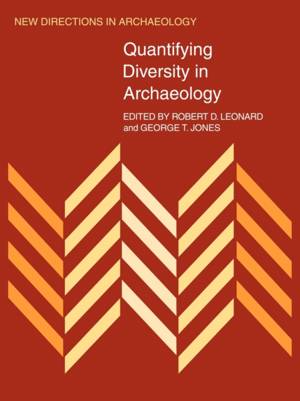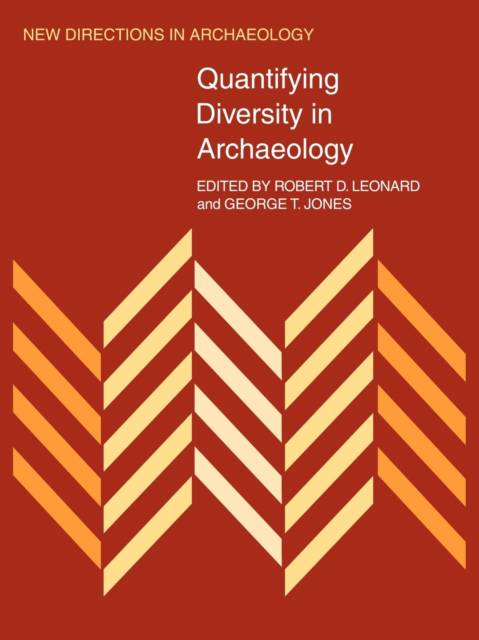
- Afhalen na 1 uur in een winkel met voorraad
- Gratis thuislevering in België vanaf € 30
- Ruim aanbod met 7 miljoen producten
- Afhalen na 1 uur in een winkel met voorraad
- Gratis thuislevering in België vanaf € 30
- Ruim aanbod met 7 miljoen producten
Zoeken
Quantifying Diversity in Archaeology
€ 60,95
+ 121 punten
Omschrijving
One of the enduring aims of archaeological research has been to explain why human material culture is so diverse, both across the world and through history. Recognising that diversity exists is not, however, to explain it nor to measure it effectively. The aim of the contributors to Quantifying Diversity in Archaeology is therefore to examine what we mean by diversity, to review the methods of measurement and formulae we an apply and assess the pitfalls that exist. Richness and evenness, the two main components of diversity measures developed in the biological sciences are considered, as are the value of diversity measures in the study of style, ecology, cultural geography and faunal, lithic and spatial analysis. Subsequent papers consider critically why the archaeological remains of particular cultures vary so markedly between sites, localities and regions.
Specificaties
Betrokkenen
- Uitgeverij:
Inhoud
- Aantal bladzijden:
- 172
- Taal:
- Engels
- Reeks:
Eigenschappen
- Productcode (EAN):
- 9780521108508
- Verschijningsdatum:
- 9/04/2009
- Uitvoering:
- Paperback
- Formaat:
- Trade paperback (VS)
- Afmetingen:
- 210 mm x 279 mm
- Gewicht:
- 399 g

Alleen bij Standaard Boekhandel
+ 121 punten op je klantenkaart van Standaard Boekhandel
Beoordelingen
We publiceren alleen reviews die voldoen aan de voorwaarden voor reviews. Bekijk onze voorwaarden voor reviews.










